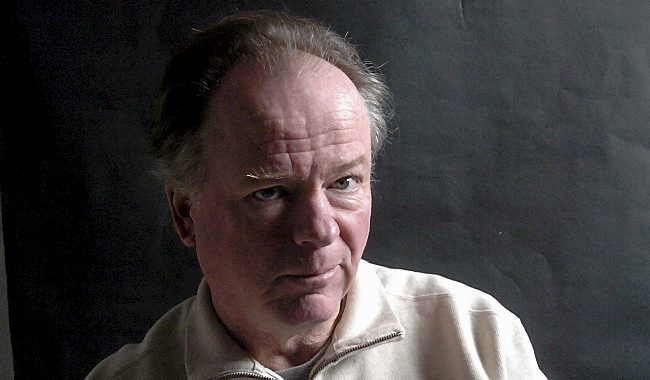Amy Lindgren
Now and then I like to write about random thoughts that are too small or personal to make into a column. Holiday weeks are a good time for small bits, so here are some things currently on my mind.
Playful job titles
Shoot, I thought we were done with this. A recent press release tells me that companies are “adopting playful job titles (and seeing results).” Well isn’t that special?
I know that’s snarky but consider my position. Having written résumés professionally through at least two eras of made-up job titles, I’m pretty much over it.
I don’t know which was worse — the soulless “Administrative Clerk II, Class C” type of titles from the ’80s or the hard-to-take-seriously “Chief Custodial Engineer” titles that came later. From my perspective, both swings of the pendulum risk the reader not knowing what the heck the candidate does for a living.
Now a press agent announces that five “quirky” titles are making a difference for companies as they seek to distinguish themselves to job seekers. Curious? Here they are — see if you can guess what the more standard version would be:
• Chief Happiness Officer
• Director of First Impressions
• Growth Hacker
• Brand Evangelist
• Digital Overlord
Ready for the answers? A Chief Happiness Officer focuses on employee wellbeing — so maybe that used to be human resources, if it existed at all. The Director of First Impressions used to be called a receptionist or front desk manager; a Growth Hacker might be the marketing manager; the Brand Evangelist might be replacing public relations or sales but “with almost religious fervor”; and the Digital Overlord is a souped-up website manager.
Quoted in the release is Mark Baldwin, CEO of Baldwin Digital: “Creative job titles can … communicate company values clearly, energize existing team members, and attract talent who resonate with your organizational culture.” He does advise thoughtful implementation, with an eye toward employee acceptance and industry culture.
I’m not a fan, but I guess I can’t disparage what’s working for other people. And besides, the press release itself was exceptionally well-written with fairly credible arguments. Dani K., the press agent from Journalist Insights requested a link to her client, which is only fair for giving me column fodder: https://www.baldwindigital.ie. You won’t find the release itself on the site, so tell me if you’d like me to forward that to you.
Time to stretch
Are you sitting at a desk, or perhaps hunched over a phone while you read this? Perhaps you’re like me, eager to unfold an actual newspaper each morning, but still hunching over to read it. Apparently we’re not doing ourselves any favors. I don’t have a specific resource on this, but I’ve been reading (peering at my computer screen) about how stiff we’re all getting.
Hours at our desks, more hours on the couch, and endless, endless hours driving if you have teenagers in sports … it all adds up to pretzel bodies that we need to stretch while we still can. Personally, I can barely squat down anymore to feed the cat or clean up the aftermath — tasks I wouldn’t mind giving up, but you see my point.
Spring is the ideal time to get back into some kind of shape. You’re creative, you can figure this out: Stand at your desk, wave your arms during Zoom meetings (off-camera!), practice squats while you watch a show. I’ve already started by getting one of those sit-stand things for my desktop computer. Now I can overwork at multiple heights. Baby steps.
Going to your happy place
A lot of folks are struggling with the country’s sense of upheaval right now. You don’t have to follow a particular political party to be suffering the effects of high prices, unexpected layoffs and ricocheting national policies.
To combat his feelings of helplessness and occasional fury, one of my clients has started taking a daily writing retreat. His practice of stealing 30 minutes to capture his thoughts reminds me of the old commercial where the harried mother sinks into a bubble bath, murmuring “Take me away, Calgon.”
After my client described the positive effects, I decided to start a retreat of my own. Now I end each day with soft music and a light whodunit. It’s a sad comment that reading about murder and mayhem is a better sleep aid than my own thoughts gathered from the day, but there you have it.
Comments?
Those are my random bits for the moment. What are yours?
Related Articles
Working Strategies: Using AI to organize or even conduct your job search
Working Strategies: Some survival tools for uncertain times
Working Strategies: Navigating part-time jobs at a professional level
Working Strategies: Finding a part-time job requires a plan
Working Strategies: Holding on when things get tough
Amy Lindgren owns a career consulting firm in St. Paul. She can be reached at alindgren@prototypecareerservice.com.




